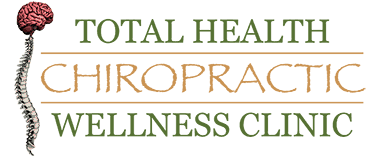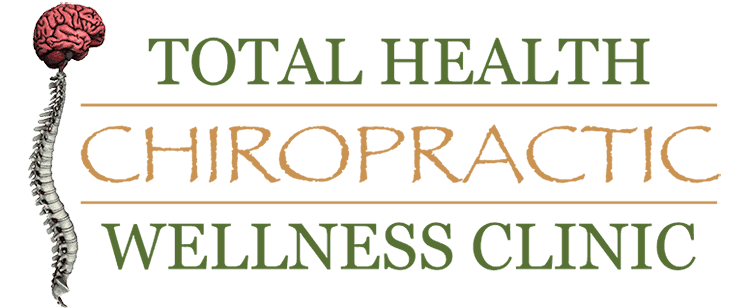The annual arrival of fall accompanies children returning to school. Many families choose this time to reestablish and recommit to basic daily routines. Bedtimes, wakeup times, and activity schedules produce a set of norms for families and children. Detailed attention to health also requires a routine in order to flourish.
 Summertime tends to have its own set of norms and routines ranging from nutrition to quantities and qualities of sleep patterns. A return to school produces the perfect time to invest in some healthy habits for every member of the family. Parents tend to stay cognizant of getting annual physicals and dental checkups on the calendar, but spinal hygiene may very well be the most important health concern of all. A basic scoliosis screening by a school nurse represents a tiny fraction of investment into a physical area deserving of so much more attention. Studies prove that a direct link exists between spinal asymmetries and whole-body health. A return to school accompanies new activities, new back packs that once full are usually heavier than recommended, new periods of seated learning, and a long list of reasons to ensure that every child’s spinal health empowers them to have a great year full of abundant health.
Summertime tends to have its own set of norms and routines ranging from nutrition to quantities and qualities of sleep patterns. A return to school produces the perfect time to invest in some healthy habits for every member of the family. Parents tend to stay cognizant of getting annual physicals and dental checkups on the calendar, but spinal hygiene may very well be the most important health concern of all. A basic scoliosis screening by a school nurse represents a tiny fraction of investment into a physical area deserving of so much more attention. Studies prove that a direct link exists between spinal asymmetries and whole-body health. A return to school accompanies new activities, new back packs that once full are usually heavier than recommended, new periods of seated learning, and a long list of reasons to ensure that every child’s spinal health empowers them to have a great year full of abundant health.
The purpose of the spine goes well beyond the structure. Research explains that when a spinal vertebra moves incorrectly or has less than optimal mobility or becomes misaligned, a cascade of pathways trigger adversely in the spinal cord and nervous system. The alteration in the spine and nerve pathways predisposes a child or adult to several health problems as well as the progressive condition called scoliosis. Scoliosis identifies as a condition where the spine becomes increasingly curved and deformed. Scoliosis comes in all degrees but can be progressive in young children.
A 2009 study published in the journal Scoliosis, discussed the developmental stress hypothesis, and how less stress-reaction damage to the neural development of posture can protect against scoliosis. It is possible that subtle changes to the health of the spine puts stress on the nervous system and sets the stage for scoliotic curves to form. It is thought that the cause of adolescent idiopathic scoliosis (AIS) is multifactorial with no generally accepted theory of pathogenesis or how it develops. However, recent research implicates imbalances of the autonomic nervous system, somatic nervous system, and the cerebellum. The biggest factor in preventing or treating scoliosis comes from early detection including assessing for neurological imbalances. A comprehensive Chiropractic spinal checkup can go a long way in supporting the optimal health of our children. Scoliosis often progresses with an absence of symptoms. Much like high blood pressure and cavities, the presentation of symptoms comes long after a detrimental condition exists.
Understanding the development of scoliosis empowers parents with purpose. Chiropractic care provides an opportunity to proactively attend to a young person’s overall health via improved health of the spine and nervous system. Spinal health plays a tremendous role in longevity and quality living and tends to be frequently overlooked by medical professionals until a severe condition like scoliosis begins showing symptoms. The return to school serves as an annual reminder to get children back into healthy routines and norms. Regular Chiropractic spinal checkups sit atop the pyramid of a proactive healthy routine. Children, infants, and adults all receive an active benefit to long term health through preventative care provided by proactive maintenance of the body. Chiropractic care positively impacts health, growth, and long-term quality of life. Make Chiropractic part of the back to school routine.
References:

